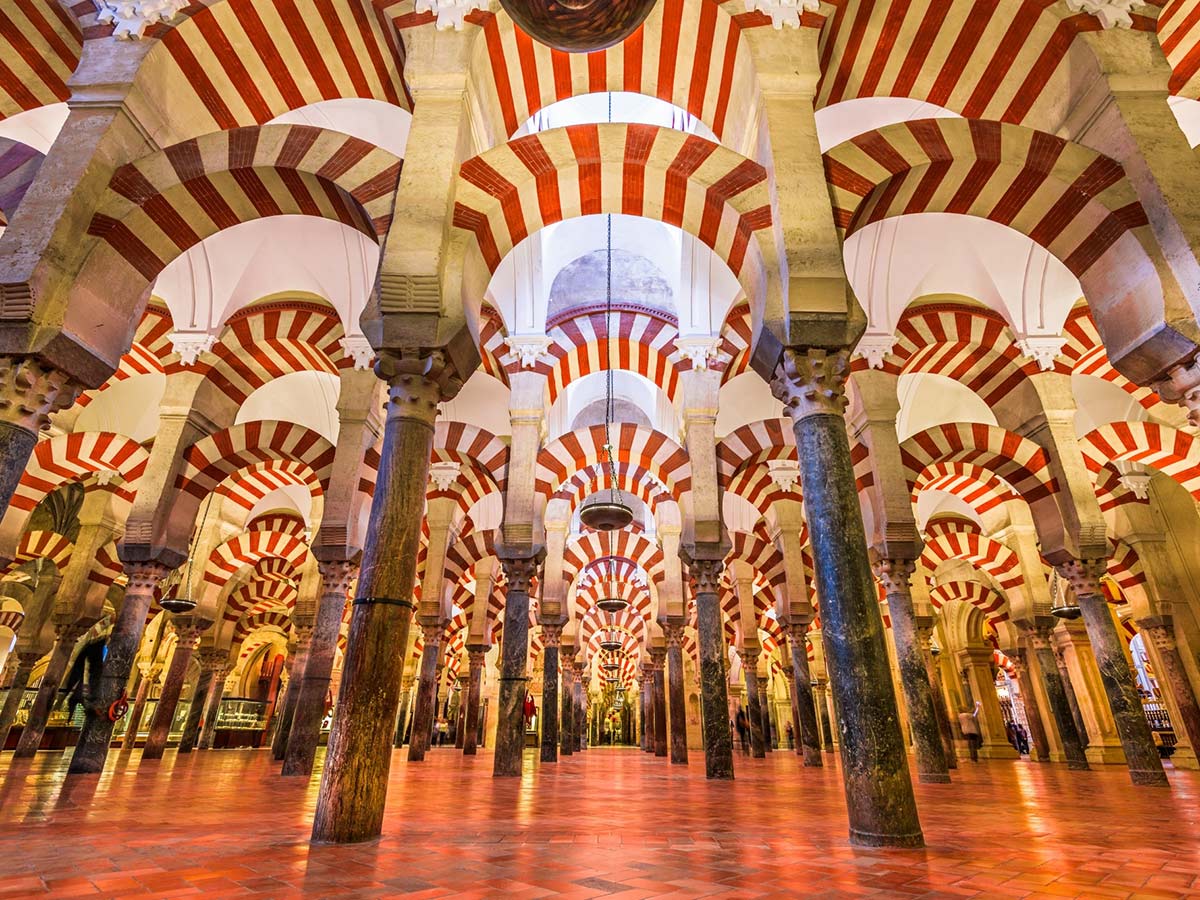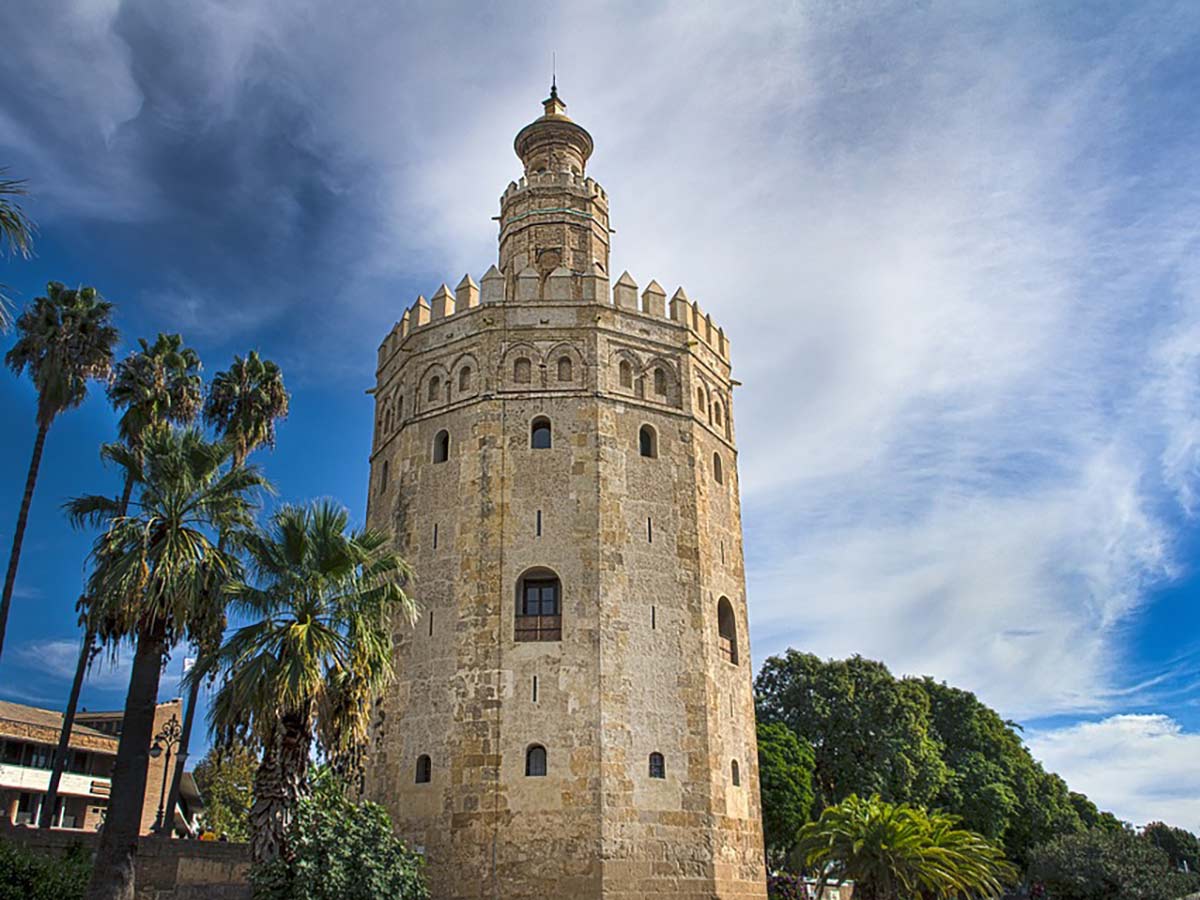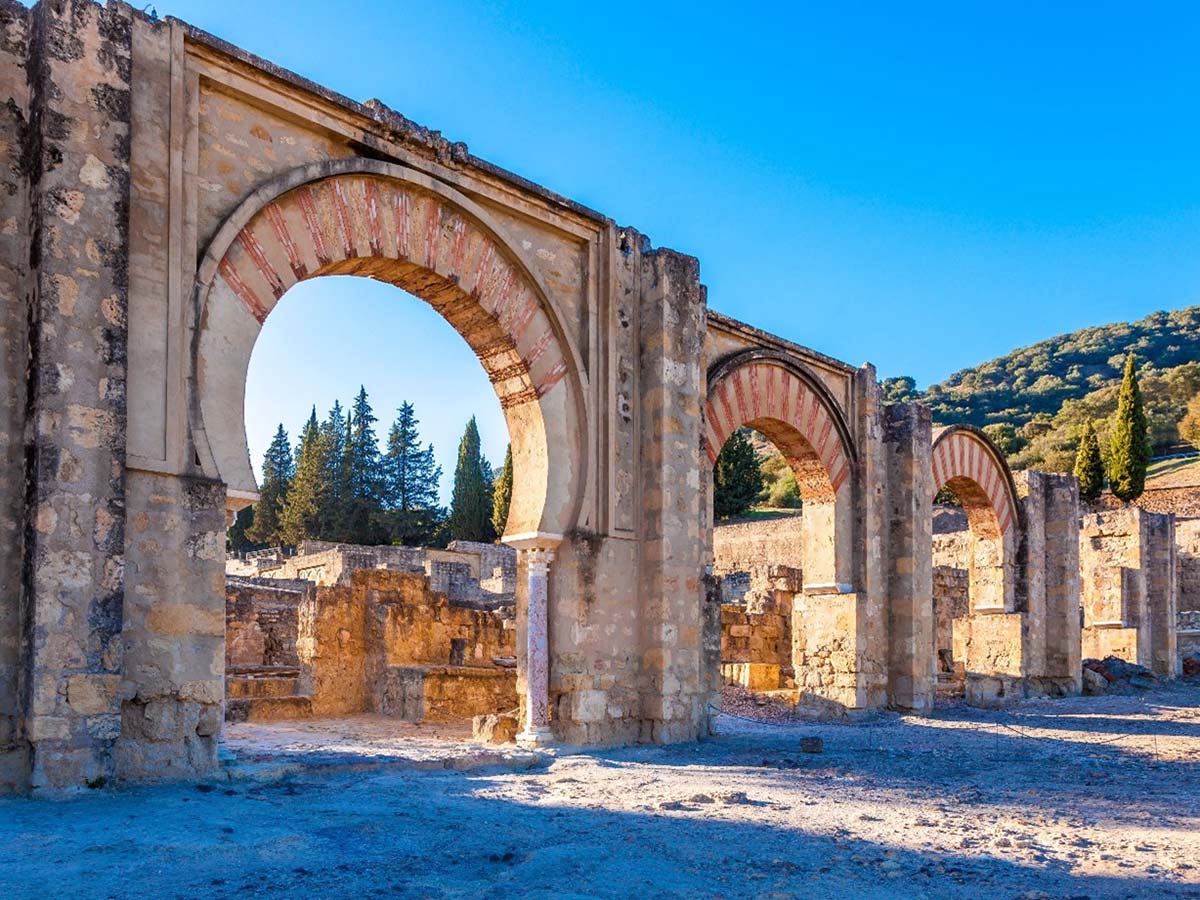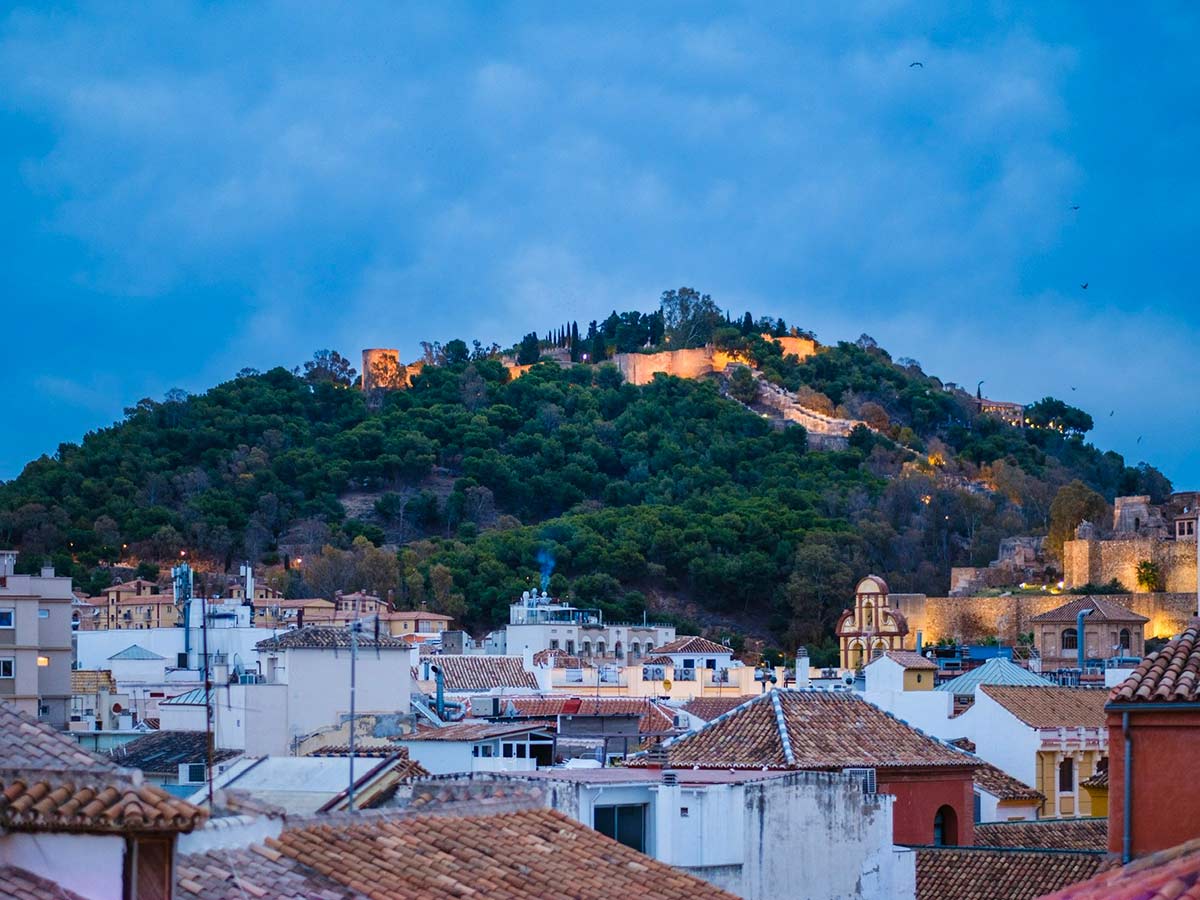Known today for its luscious beaches, its sacred siestas, and its vivacious festivals, Spain is a country brimming with life. On the other side of the coin lies its profound history, a deep dive that offers a unique glimpse of the country’s Islamic heritage, offering a perfect destination this Holy Month.
“To the traveller imbued with a feeling for the historical and poetical, so inseparably intertwined in the annals of romantic Spain, the Alhambra is as much an object of devotion as is the Caaba to all true Muslims.”
– Washington Irving
Andalucia or Al-Andalus is an area that lies on the Iberian Peninsula in Spain. The space was controlled by the Muslim empire from 711 to 1492 and is home to some of the most beautiful Islamic architecture and vast Islamic history in the world.
We start at Seville, a paradisial city deeply embedded with historical significance and known for its grandiose monuments. The Giralda is a celebrated icon of the city and a UNESCO World Heritage site. Originally built as a minaret in 1195 for the Great Mosque of Seville during the reign of the Almohad dynasty, the Giralda is now the bell tower of the cathedral attached to it. A visit to this monumental building will give you a taste of just how influential the Arabs were in the region.
The Alcazar Palace is another treasure in Seville. Known historically as ‘Al Qasr Al Muriq’ (meaning ‘The Verdant Palace’), the UNESCO World Heritage site houses a complex of buildings, with magnificent salons featuring intricate tiling, delicate geometric design and classic Moorish architecture, as well as traditional Islamic courtyards and expansive gardens.
The Tower of Gold, or the Torre del Oro, is a dodecagonal military watchtower built by the Almohad Caliphate in the 12th century in order to gain control over access to the town through the Guadalquivir River. A small museum lies in the top floor of the tower, featuring shipping instruments and sea maps. The historical structure is another must-see for lovers of Islamic history.
A 40-minute train ride away from this beautiful city lies the town of Cordoba, similarly imbued with Islamic heritage and architecture. It was once the capital of the Moorish Kingdom of Al-Andalus, marking the peak of its glory. Its most prized possession is the Mezquita, also called The Great Mosque of Cordoba, built by the exiled Umayyad prince Abd Al-Rahman in the 700s. He attempted to reinvigorate the spirit of Damascus (which was overtaken by the Abbasids from the Umayyads) in his new capital. In the following centuries, after its continual expansion, it became one of the largest sacred structures in the Islamic world.
The famous Patio de los Naranjos, or the Court of the Oranges, lies here, where orange trees still grow. Passing through it leads you to the prayer hall, where the familiar horseshoe-shaped arched prayer niche can be found. Looking upwards shows you the magnificent mosque dome, which flaunts a radial design of lines and pointed arches with beautiful patterns.
A little out of the town of Cordoba is Madinat Al-Zahra, a historical site of 10th-century ruins declared a UNESCO World Heritage site. Built by Abd Al-Rahman III, the fortified palace-city was the capital of the Cordoba Caliphate. It included everything from government offices and aristocratic residences to baths.
About an hour and a half ’s train ride away from Cordoba is the city of Granada which is home to many acclaimed architectural and artistic wonders. The town was the last stronghold of the Arabs in Spain, lasting until 1492, and lies on the north-western slope of the Sierra Nevada.
The Albaicín is the city’s famous old Arab district known for its Moorish architecture, narrow streets, horseshoe arches, cármenes (Moorish-style houses), and its teterías (teahouses). Taking a stroll around this quarter will give you a sense of life among the Moors and the significance of their civilisation in Andalucia. El Bañuelo or Hammam Al-Yawza is a preserved historic Arabic bath located in Albaicín on the banks of the Darro River and is worth a visit.
On the other side of the river lies the very well-known Alhambra Palace, which was home to the Moorish monarchs of the city. It was built between 1238 and 1358 by the founder of the Nasrid dynasty, Ibn Al-Ahmar, on a plateau overlooking the Albaicín. The park contained in the palace is dotted with roses, oranges and myrtles, as well as elm trees. The Puerta de las Granadas (Gate of Pomegranates) includes a statue of the American author Washington Irving, erected to commemorate his continual fight for conserving Spain’s Islamic past.
The Patio de los Arrayanes (Court of the Myrtles) is a large marble courtyard decorated with turquoise-coloured tiles and engraved arches and adorned with a central pond surrounded by sculpted myrtle bushes. The Patio de los Leones (Court of the Lions) is perhaps the palace’s most famous courtyard, also decorated with marble, with the Fountain of the Lions blooming in its centre.
Next, we come to the city of Malaga, located on the southern coast of the country. The city is most known for its beaches as well as being the birthplace of Pablo Picasso. But it also houses some of the most beautiful Islamic heritage buildings and became one of the most important cities in Andalucia. It was called a ‘terrestrial paradise’ by the royals that founded it. Perhaps the most prestigious gem of the city is the Alcazaba Palace, the most preserved Arab fortress in Spain, built by the Hammudid dynasty in the early 11th century as a defence fortress against pirates. The Patio de los Naranjos (Court of the Oranges) and the Patio de la Alberca (Court of the Pool) are the two courtyards the palace is most famous for.







